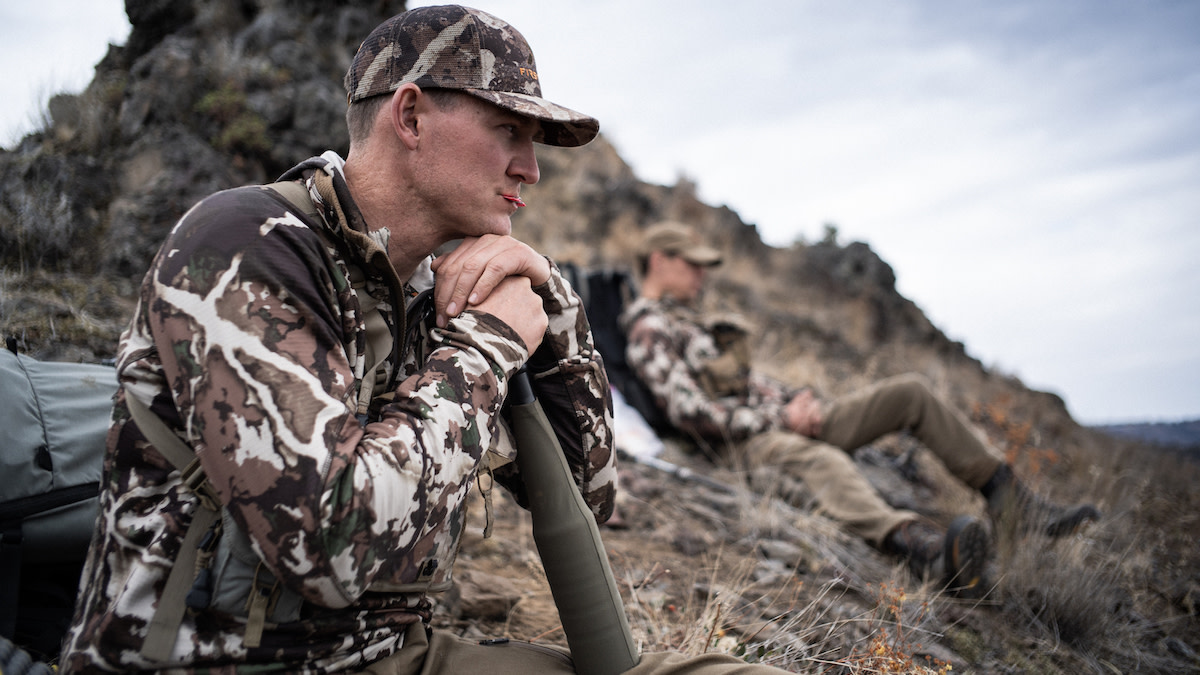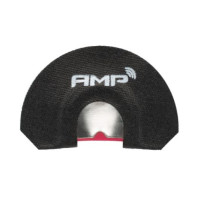
September is gone, a fact observed with solemn silence and sadness by the elk-addicted among us. But nobody told the elk they can’t talk to each other until the end of next summer.
By far the most vocal and gregarious of the ungulates, elk communicate within their tight family groups almost constantly, all year long. I’ve heard bulls bugle in January and in June. No, you can’t go out expecting to hear that peak rut cacophony once the leaves have all fallen, but you never know. I personally had to sit through a thousand-bugle day on November 5 one year, which was almost more aggravating than exciting because no one in that deer camp had an elk tag.
Despite our devotion to the September timeframe, elk mating does occur across a wide swath of the fall. I’ve called in and killed several bulls in October. While most cows come into heat in mid-September, those that don’t get pregnant in that first cycle will cycle again in the first weeks of October. If they aren’t bred again, they’ll cycle a third time, even into November. Young cows also generally come into heat later than others, helping to stretch rut activity across multiple months. And as long as there are cows are giving off estrus pheromones, some bulls will stay interested and likely keep bugling.
Jason Phelps, elk hunting authority and founder of Phelps Game Calls, said he brings his tools of the trade on any elk hunt, any time of the year. He called in his wife’s best bull on October 29—long after what most hunters would consider to be prime calling season.
“Rifle season or late-season archery, there’s always a chance that calls can be used to call in or locate elk,” Jason told me. “Aside from that, using calls to either stop an elk for a shot or to comfort them if they’re somewhat spooked are all reasons why you want to have that call with you instead of not having any calls at all.”
Comfort and Confirmation However, Jason is quick to caveat that statement by adding that he does not recommend making a big elk ruckus like you might during the peak rut. Cold-calling is more likely to just alert elk to your position than draw them in. But you should still be prepared.
“Now, if I'm still-hunting, if I'm moving along on a trail and happened to bump an elk—it's never going to work if they wind you, but maybe if they see or hear you and become a little bit startled—you can use a cow call, just a little mew and basically try to transmit those elk that you’re just another elk passing through,” Jason said.
Veteran outdoors writer and personality Jim Zumbo told 12-year-old me about this trick at a sportsman’s expo some 20 years ago. He was hawking a cheap plastic bite-and-blow external reed call, but the knowledge was well worth the ten bucks I spent on it. Countless times since then I’ve seen elk pause or outright stop when bumped in the timber if you’re able to mew or bark immediately after they jump. I imagine it to be like shouting, “No, it’s cool! I’m an elk too and we should hang out.”
The first bull I ever killed with a bow came into my cow calls in early October, looked right at me, alarm barked, spun, and began running away. I barked back at him immediately, he stopped, and just simply milled around for a bit as I crawled into bow range. Elk are notoriously nervous and flighty, but you can put their minds at ease with a properly placed vocalization. The trick is to do it right away, before they have the momentum to get gone.
“The sooner, the better,” Jason said about calling to elk that are startled or antsy. “And this is where my advice is more for you, the hunter, not me, the businessman or the guy trying to sell calls. I would say a diaphragm call in the late season is a way better option. You can run it hands-free and it’s very quick.”
He said that the time it takes to grab, lift, and blow on an external reed call is simply too long.
“If you give an elk an extra two or three seconds to run, a lot of the times you're gonna miss that shot opportunity,” Jason said. “Where we hunt here in Western Washington, we've got a lot of brush mixed in and seconds can matter.”
For that reason, and the fact that reeds can freeze and stick when exposed to the elements, makes keeping that diaphragm in your lip or stuck to the roof of your mouth a stronger move. For many experienced elk hunters, a fast mew becomes a knee-jerk reaction to any disturbance ahead in the woods. That’s how I arrowed a black bear at 10 yards this year. Few diehards would be caught dead without a diaphragm in reach, no matter the season.
Keep the Party Goin’ “My wife's bull she killed on October 29 bugled probably 300 or 400 times,” Jason said. “You always wonder why—and he probably wasn't a September herd bull, but in later October he was still a really good bull that was running a herd at that time. That's my opinion.”
Jason believes, as many hunters do, that the older, wiser bull elk will depart for their high-mountain haunts after the peak rut to lick their wounds and hide from hunters in solitude until snow pushes them onto winter range. But for those younger males who were denied breeding opportunities previously, the departure of big boys may leave a window for them to get a little action. And they’ll get pretty damn worked up about that prospect.
“If you do get some bugles in late October or early November, a lot of times it's semi-mature bulls and they're very aggressive,” Jason said. “I think in the right situations, carrying a bugle tube can be to your advantage, to just preserve energy, get the hunt started, and know that there is a bull down there. It wouldn't hurt to bugle into a couple areas.”
Jason recommends his diminutive un-Rival-ed Bugle Tube for late-season purposes. At only 17.5 inches and 4.5 ounces, it’s easier to forget in your pack for that odd occasion than a full whiffle-ball-bat-sized grunter.
Elk hunting is legendarily challenging, and it does not get a lick easier once the big herds break up and stop screaming at each other or the orange army invades the woods. But this pursuit is always benefited by creativity or simply doing something others aren’t. So, bring your calls this late season, because that’s a lot better than wishing you did.
Feature image via Chris Gill







Conversation